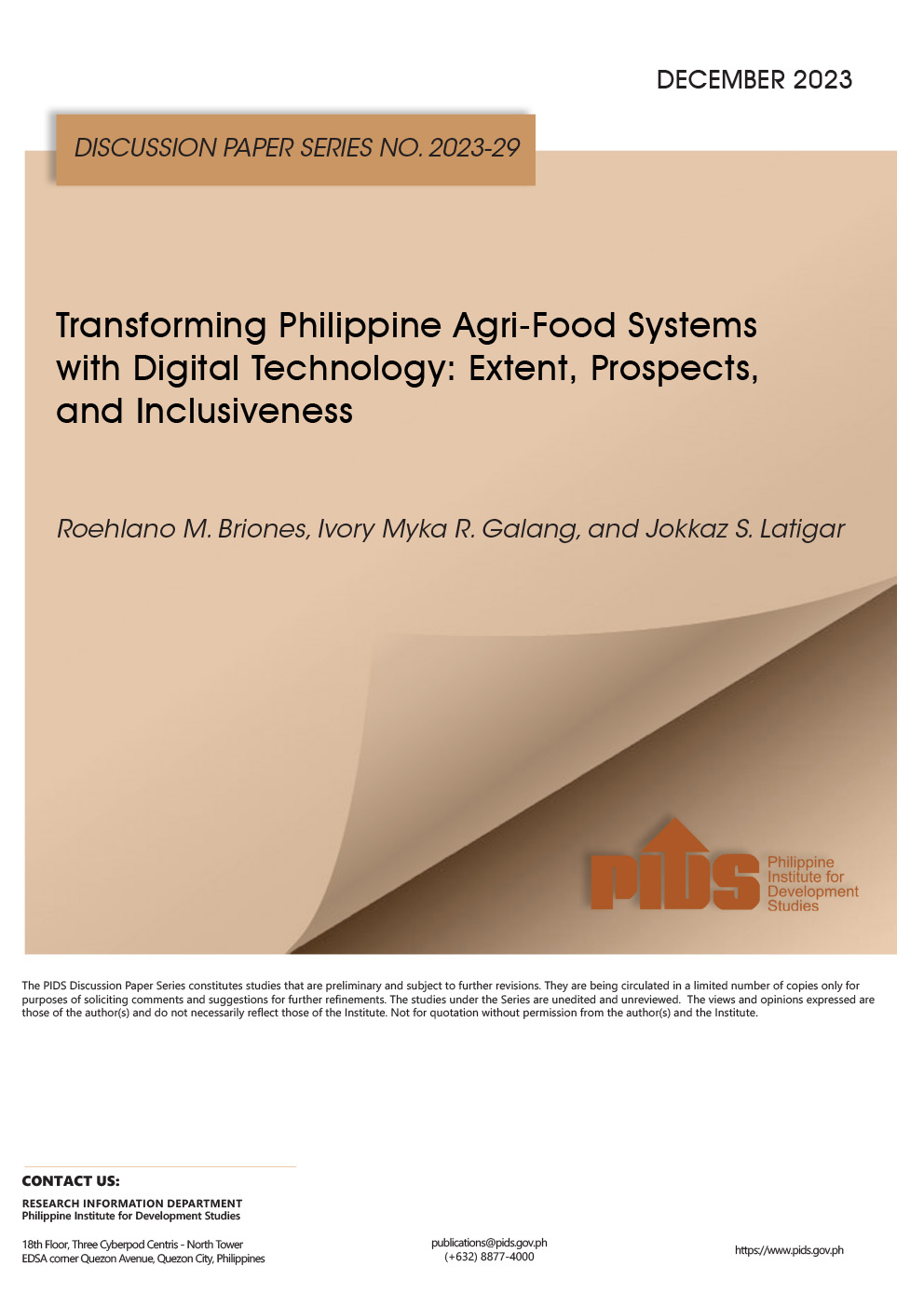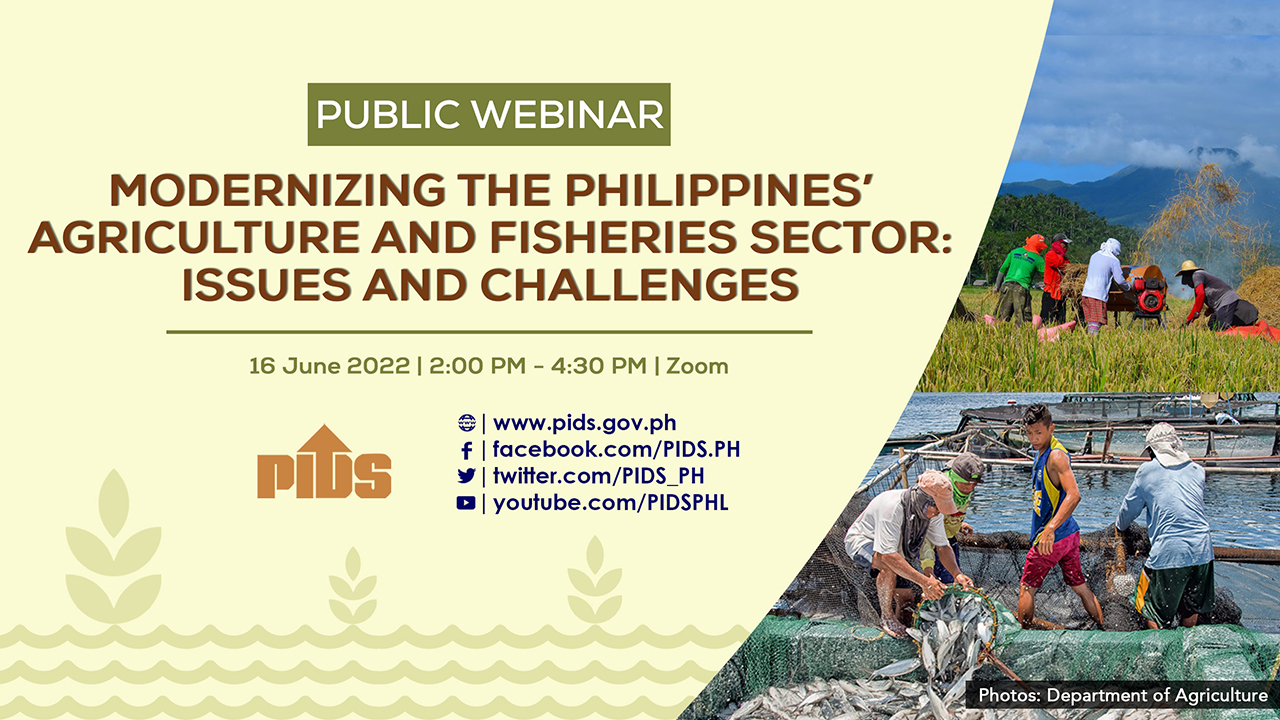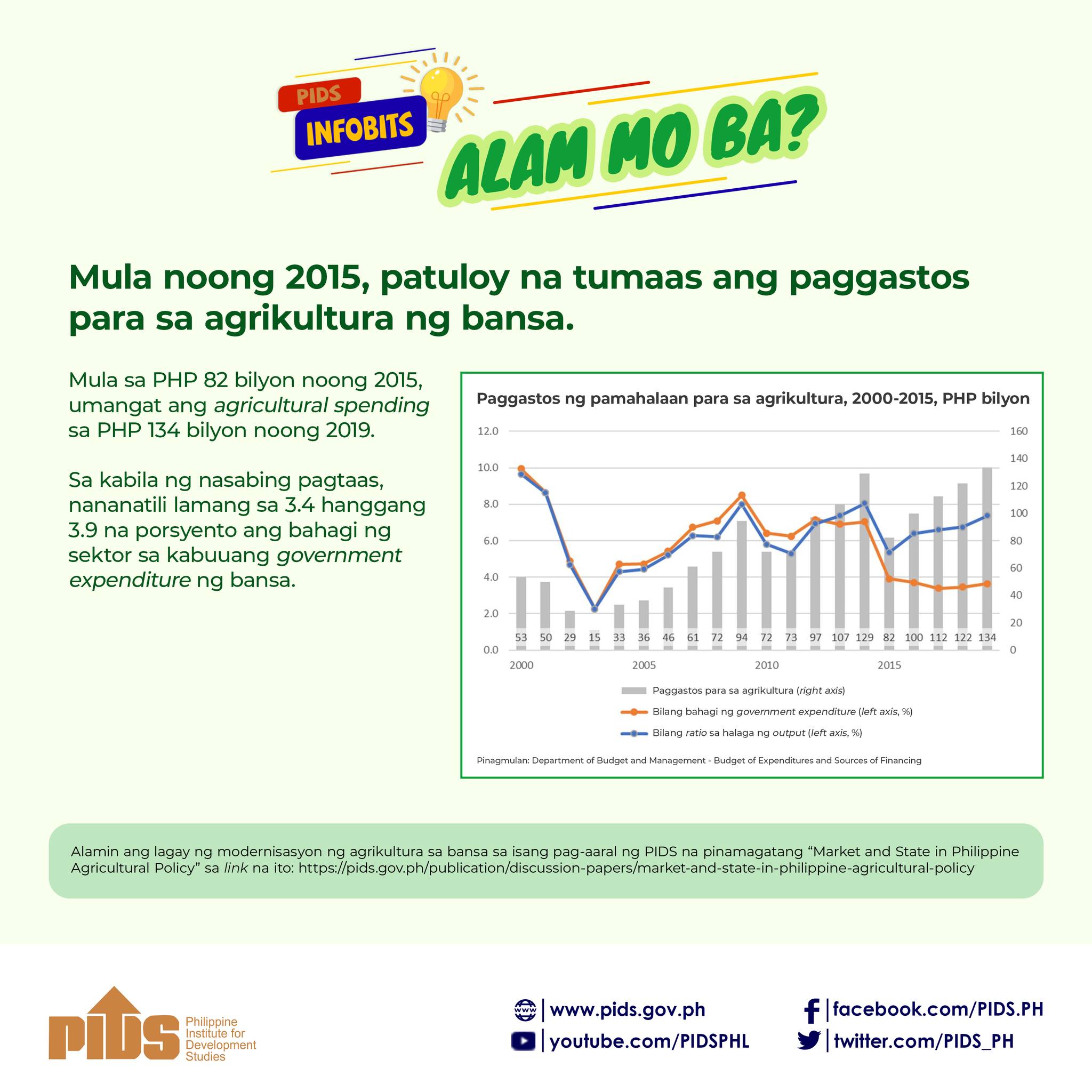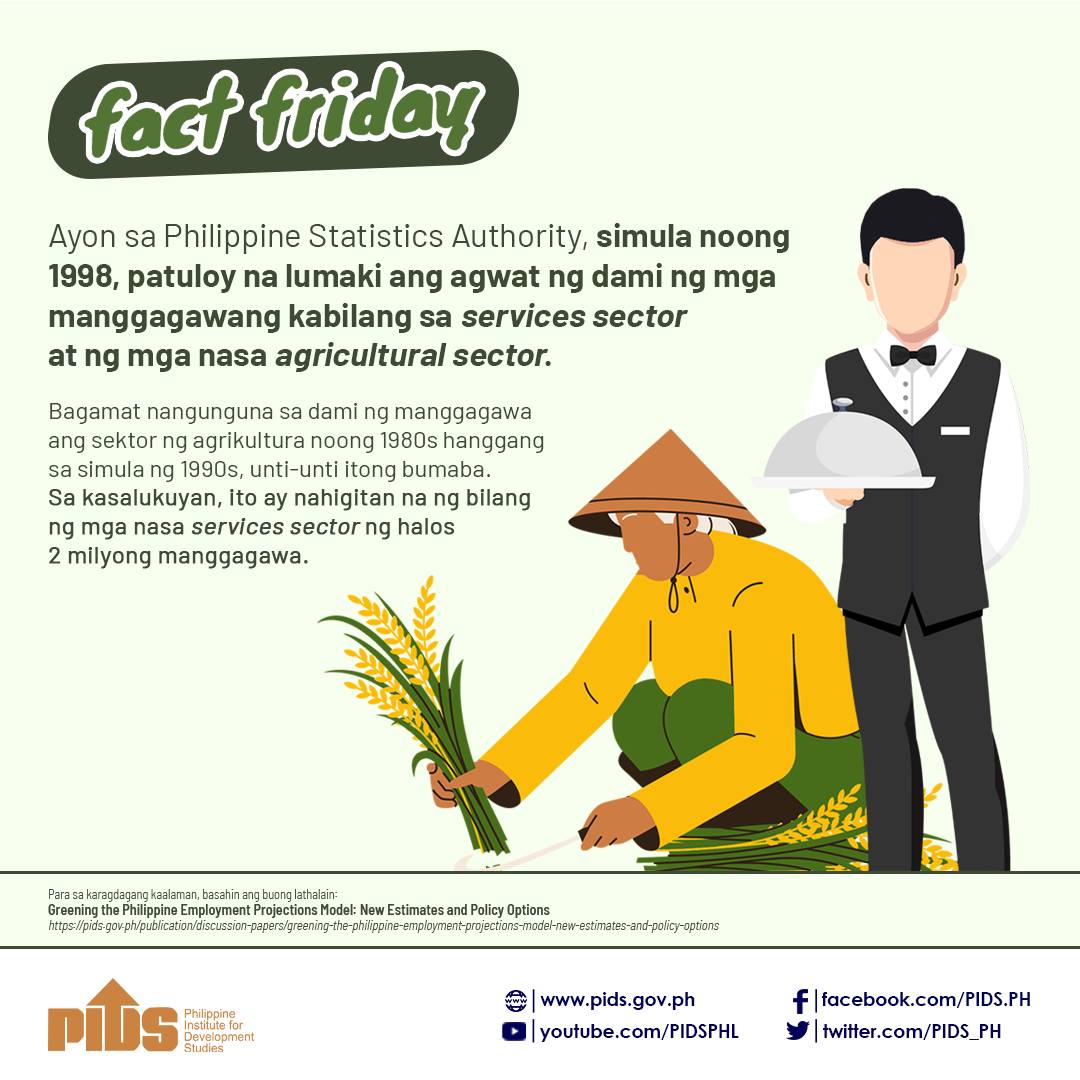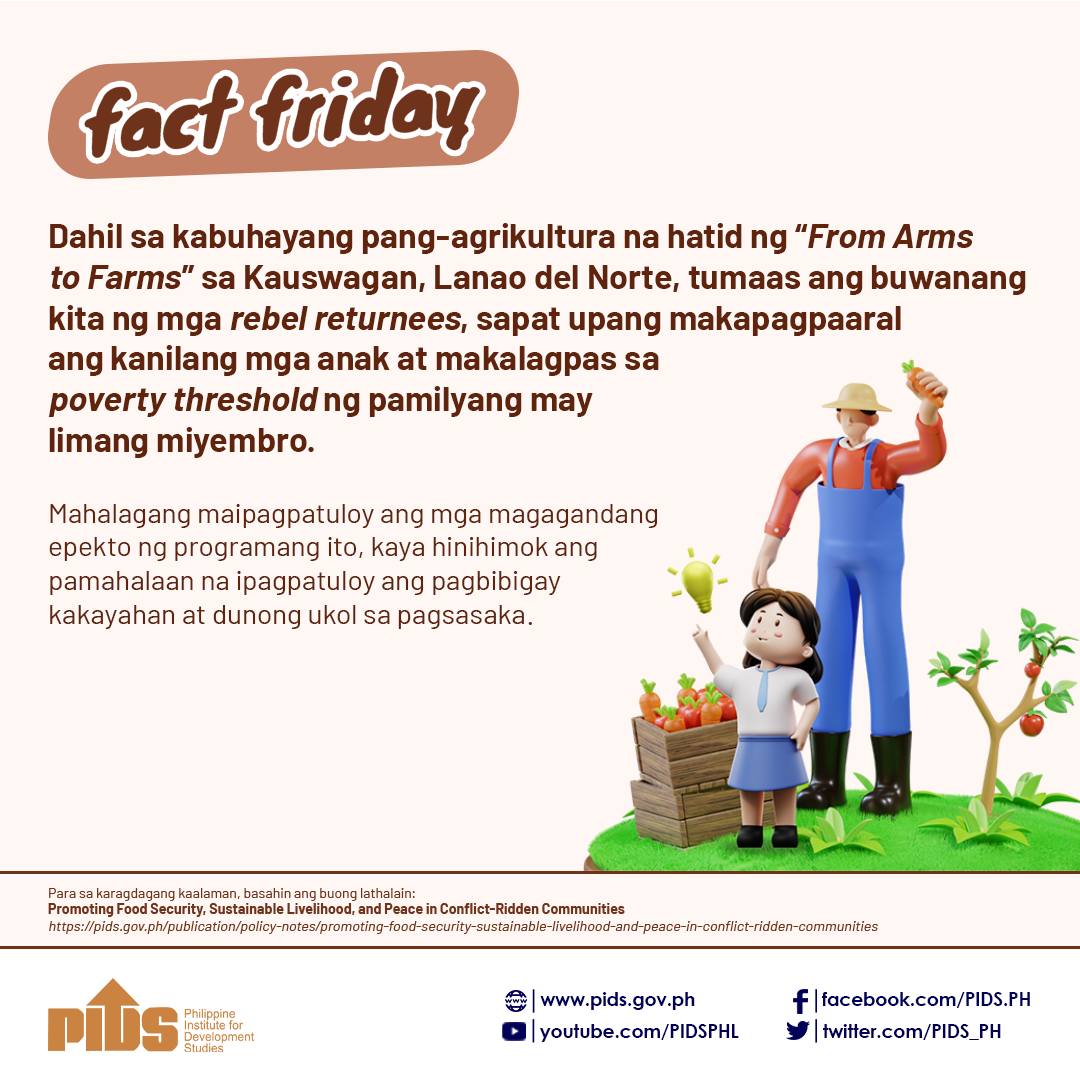Dubbed as Bridging the Gap Between Seasonal Climate Forecasts and Decisionmakers in Agriculture, the four-year project aims to look into and close the gap between the potential value of SCFs, particularly those looking at the El Nio Southern Oscillation (ENSO) phenomenon, and their actual use and application in the risk-management decisions of farmers at the farm level and policymakers at the macro level.
In order to raise awareness of the project, a project launch will be held on July 27at the Dusit Hotel Nikko in Makati City. The launch primarily aims to introduce to the public especially to the major stakeholders of the results of the projectthe thrusts and direction of the project, its objectives, the various research and case studies to be undertaken, the various activities and expected outputs, and the institutions/individuals involved.
The launch will also include presentations of the issues, both in the Philippines and in Australia, that the project intends to effectively address.
The Philippine Council for Agriculture, Forestry and Natural Resources Research and Development (PCARRD) and the Australian Centre for International Agricultural Research (ACIAR) signed a Memorandum of Subsidiary Arrangement in October 2004 for the undertaking of this project. Implementing institutions for the Philippines are the Philippine Atmospheric, Geophysical and Astronomical Services Administration (PAGASA), the Philippine Institute for Development Studies (PIDS) and the Leyte State University (LSU) while for Australia, the key institutions involved are South Australian Research and Development Institute (SARDI), New South Wales Department of Primary Industries (NSW/DPI), and University of Sydney.

